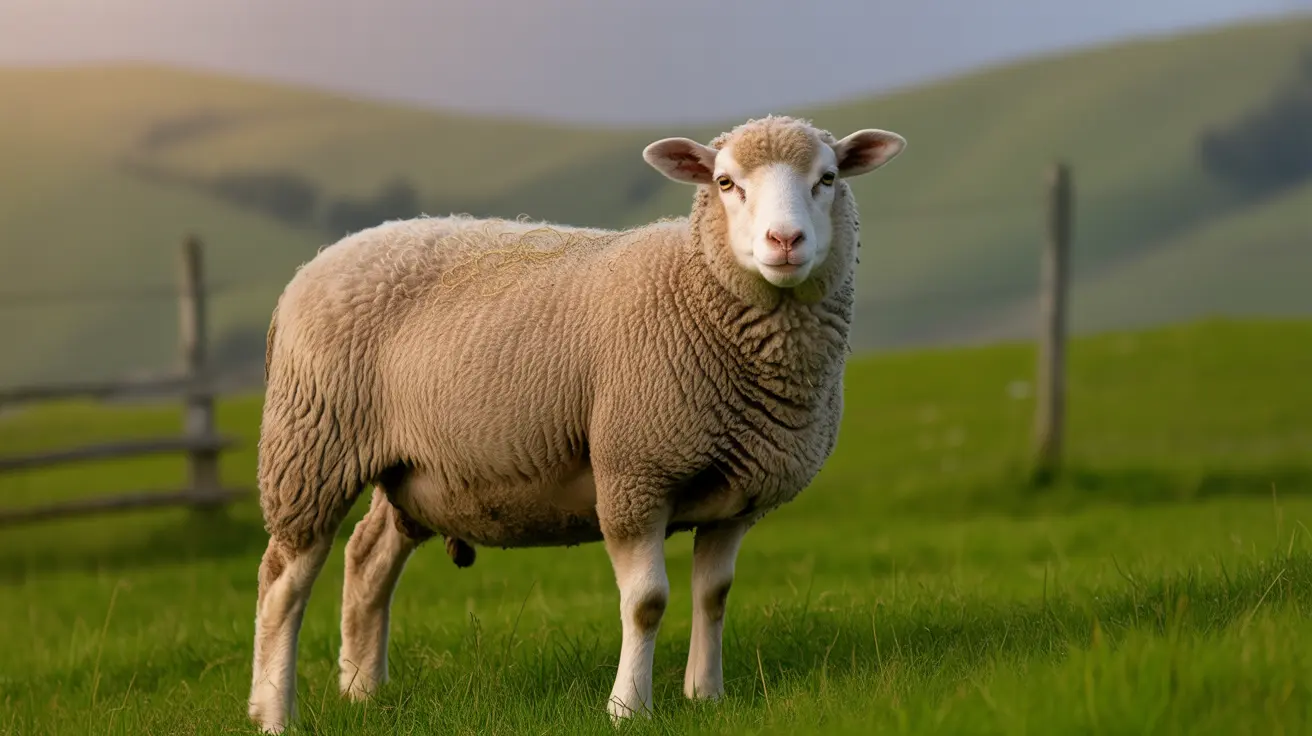Should You Feed Fried Rice to Your Dog?
Many dog owners wonder if sharing a bite of their favorite takeout or homemade fried rice with their furry friend is safe. While dogs can safely enjoy certain types of rice, the story changes dramatically when it comes to fried rice.
Plain Rice: A Safe Option
Plain, fully cooked rice—especially white or brown varieties—can be a gentle addition to your dog's diet. Vets often recommend plain white rice for dogs with digestive upset because it's easy to digest and provides quick energy. Brown rice offers more fiber and has a lower glycemic index but may be harder for some dogs to digest. Jasmine and basmati are also safe if served without added ingredients.
- White rice: Easy on the stomach; good for bland diets.
- Brown rice: Higher in fiber; lower glycemic index; harder to digest for some dogs.
- Serving sizes: Extra-small dogs (2–20 lbs): 1–2 tbsp; Small (21–30 lbs): 2–3 tbsp; Medium (31–50 lbs): ~1/4 cup; Large (51–90 lbs): ~1/3 cup; Extra-large (91+ lbs): ~1/2 cup per serving.
Rice should only make up a small part of your dog's daily calories—ideally no more than 10%. Too much can lead to weight gain or blood sugar spikes, especially in diabetic pets.
The Dangers of Fried Rice for Dogs
Fried rice is not safe for dogs. The typical preparation involves ingredients that can harm your pet's health. Restaurant or takeout fried rice usually contains onions, garlic, soy sauce, salt, oils, and sometimes butter—all of which pose risks:
- Onions and garlic: Toxic to dogs even in small amounts; can cause serious illness.
- Soy sauce & sauces: Very high in sodium; risk of salt poisoning.
- Added fats/oils/butter: Can trigger pancreatitis or digestive upset due to high fat content.
If your dog eats fried rice by accident—especially if it contained any of the above—watch for symptoms like vomiting, diarrhea, excessive thirst, lethargy, or other signs of distress. Contact your veterinarian if you notice anything unusual or if your dog ate a large amount.
A Dog-Friendly "Fried Rice" Alternative
If you want to treat your dog with something similar to fried rice, you can make a safe version at home by avoiding all seasonings and harmful ingredients. Here’s how you might do it:
- Cooled cooked white or brown rice
- Cooked lean ground turkey or chicken (unseasoned)
- Scrambled eggs (no butter or oil)
- A few plain vegetables like carrots, peas, or green beans (cooked and unsalted)
Sauté these together in a nonstick pan without oil or seasoning. Never add onions, garlic, spices, soy sauce, salt, or butter. This way you create a nutritious meal that's gentle on your dog's stomach and free from dangerous additives.
Treats and Additions: What About Rice Cakes and Beans?
Plain unsweetened rice cakes are okay as an occasional treat but don't offer much nutrition. If you want to add variety to your dog's bowl now and then, fully cooked plain beans can be mixed with rice in small amounts—but beware that beans may cause gas or constipation if fed too often.
How Much Rice Is Safe?
The right serving size depends on your dog's size and health status. Always introduce new foods gradually and keep portions small—rice should never exceed about one-tenth of daily calories. For specific guidance based on weight:
- Extra-small (2–20 lbs): 1–2 tablespoons per serving
- Small (21–30 lbs): 2–3 tablespoons per serving
- Medium (31–50 lbs): About 1/4 cup per serving
- Large (51–90 lbs): About 1/3 cup per serving
- Extra-large (91+ lbs): About 1/2 cup per serving
If your dog has special dietary needs—such as diabetes or obesity—or you're considering making major changes to their diet, always check with your vet first.
The Bottom Line: Stick With Plain Rice for Dogs
You might love fried rice yourself but resist the urge to share it with your pup. The added seasonings and fats found in traditional fried rice recipes are unsafe for canine consumption. Instead, offer plain cooked white or brown rice as an occasional treat or as part of a bland diet when recommended by your veterinarian. Always monitor your pet after introducing any new food and consult a professional if you're unsure about what's best for their health.





